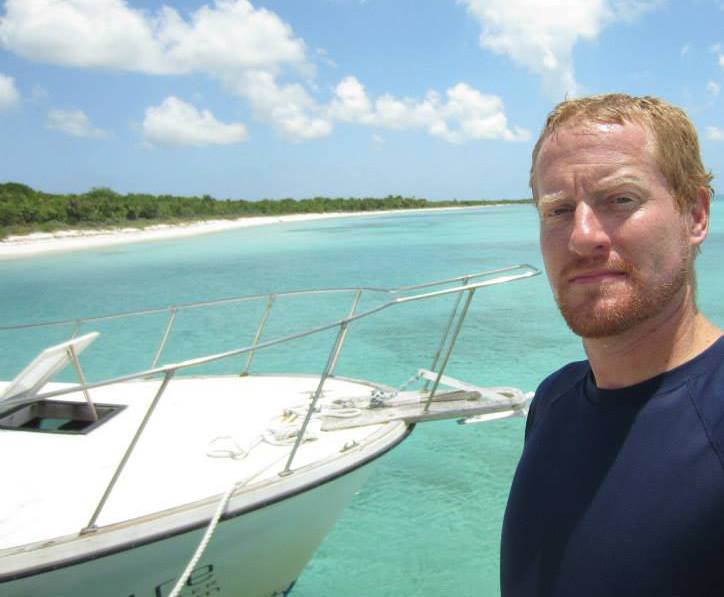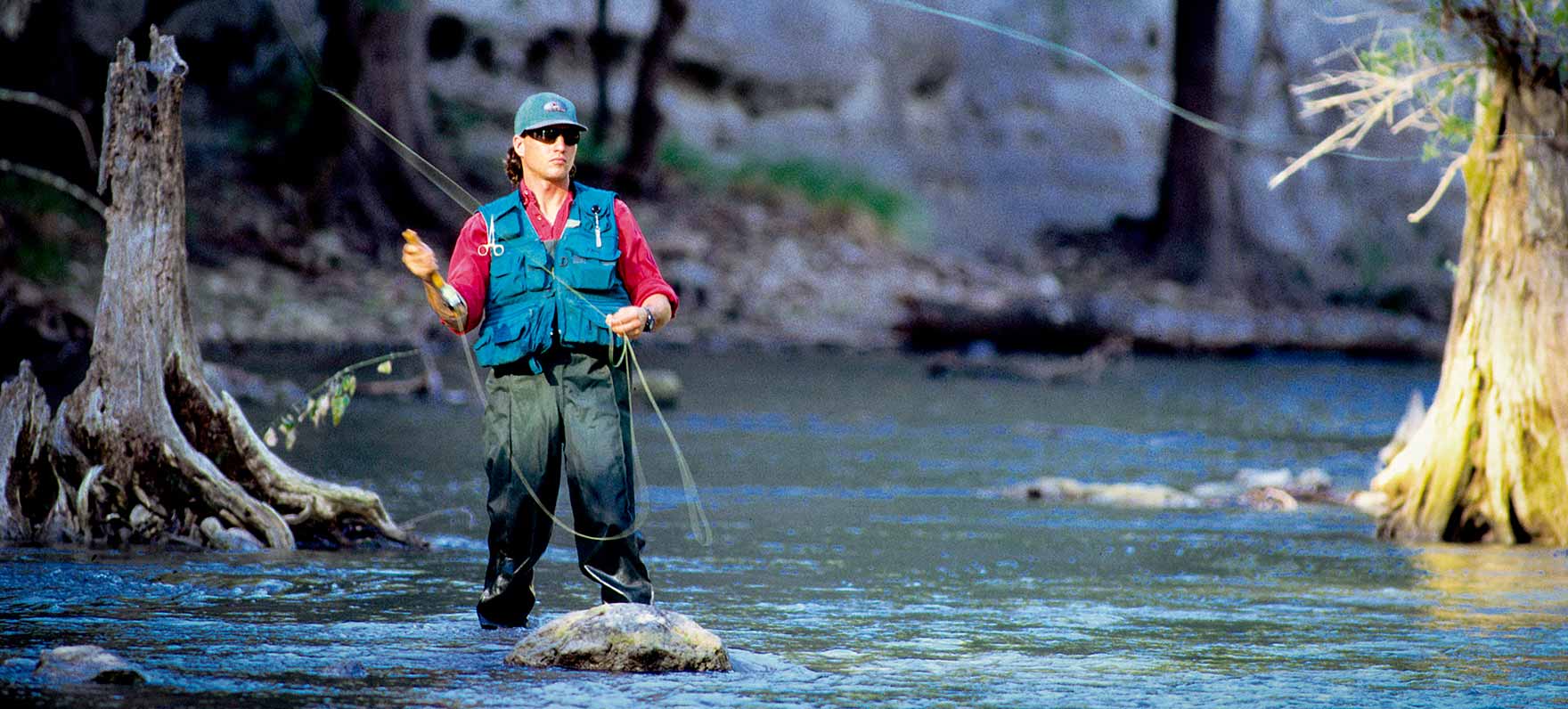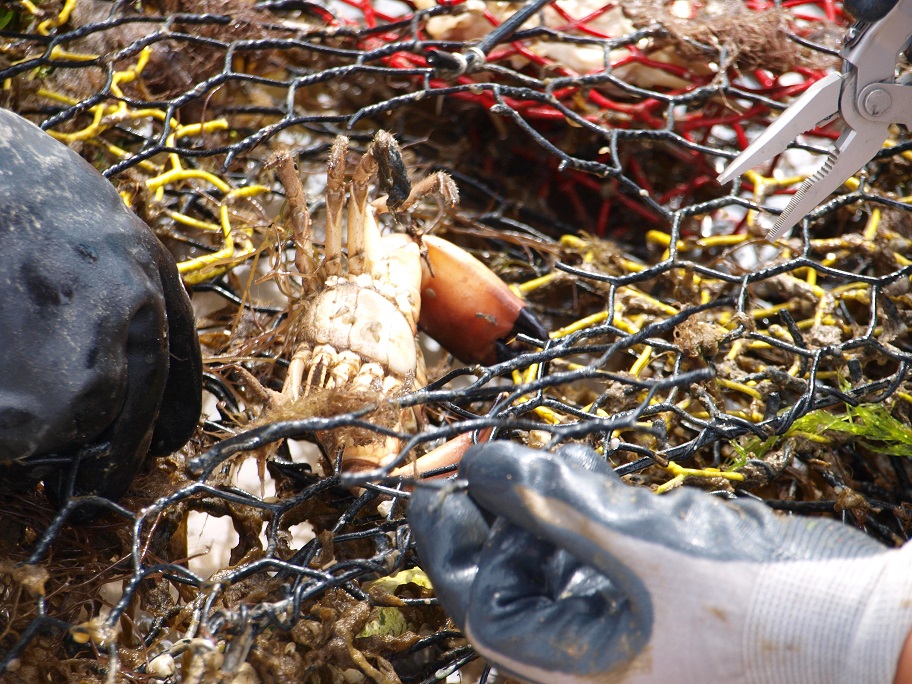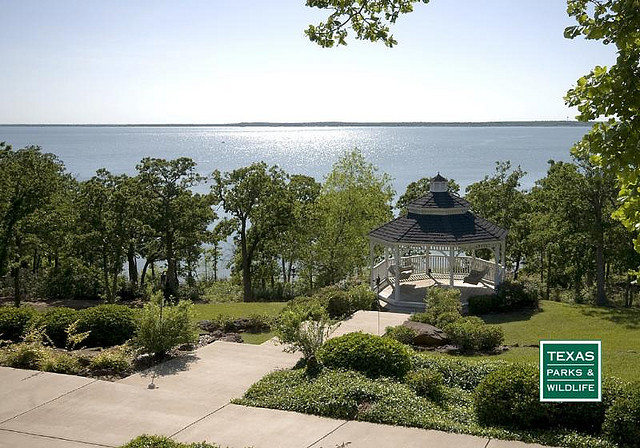Fishing: When Hiring a Fishing Guide
February 19th, 2015This is Passport to Texas
Want to hire a fishing guide? Be clear with them about your expectations.
16—It’s going to be nebulous to just say, I’m going to hire a guide to go fishing on this lake. It would be better to say I want to learn how to catch a certain type of fish. Ask yourself exactly what you want to do, and then when you shop around for a guide, be very clear with that guide, I want to do this. I would say that’s the primary thing to consider.
Caleb Harris wrote an article about fishing with a guide for the TPW Magazine Digital Fishing Special. He says making this request of a guide can help you know if they’ll be a good fit.
07— Please describe a typical day of fishing with you. And then, let the guide describe that, and then you’ll have a really good idea of whether or not they’re a fit for what you want to do.
Avoid unexpected expenses and misunderstandings, by discussing the guide’s expectations in advance.
25— If you’re going to be using a boat, is the fuel included in the cost? If you’re going to be using bait, is the bait included in the cost? You know, if you’re going out for a whole day, is lunch provided? Do you need your own cooler? Who’s going to clean the fish? Is that a part of the fee? Is that extra? What sort of clothes do they suggest? It would be kind of shameful if you got there and the guide was expecting you to wade, and you didn’t clarify that and you show up with your nice shoes. That would set the day up for a bad experience. So, clarify as much as possible.
Find Caleb Harris’ article on fishing guides at tpwmagazine.com. The Wildlife and Sport Fish Restoration Program supports our series.
For Texas Parks and Wildlife…I’m Cecilia Nasti.







 Passport to Texas is a
Passport to Texas is a  Passport to Texas is made available by:
Passport to Texas is made available by: